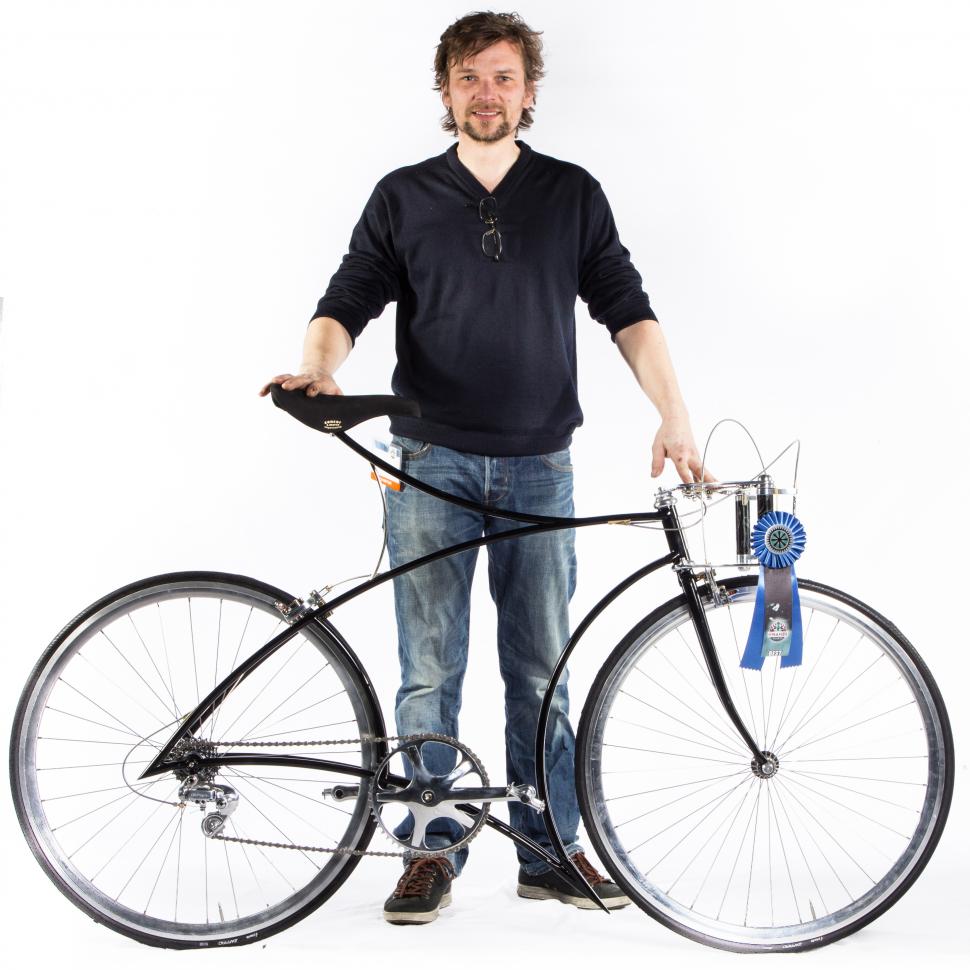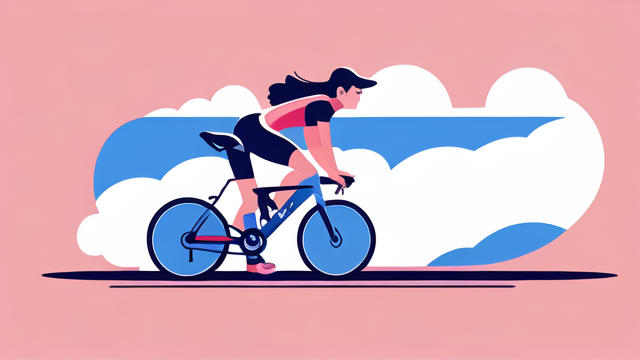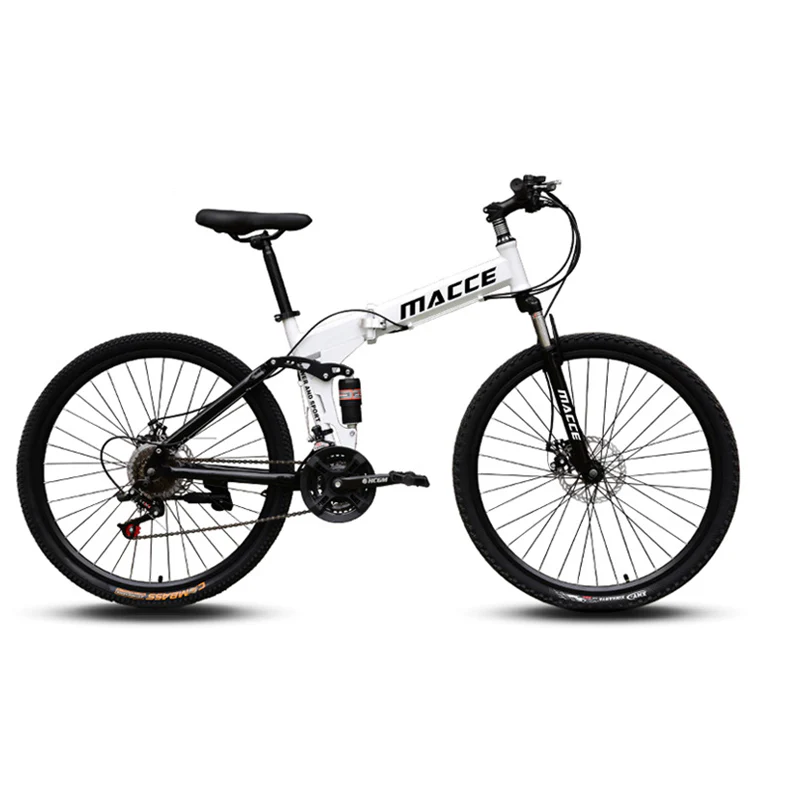I. Introduction to the Backwards Bicycle

A. Brief History of the Backwards Bicycle
The backwards bicycle, also known as the reverse steering bicycle, has an intriguing history. It gained prominence through a viral video by engineer Destin Sandlin. This concept has been around for decades, with the earliest-known patent dating back to the late 1800s. Despite being a novelty, the backwards bicycle has become a symbol of the complexities of learning and unlearning in the context of motor skills.
B. Explanation of the Unique Mechanics and Purpose
The backwards bicycle is constructed in a way that turning the handlebars left moves the wheel to the right, and vice versa. This creates a cognitive dissonance between the rider’s intuitive steering response and the actual direction of the bicycle. The purpose of the backwards bicycle is to challenge and rewire the rider’s neurological and cognitive processes.
II. The Cognitive Challenge of Riding the Backwards Bicycle
A. Understanding the Neurological Impact of Riding Backwards
Riding the backwards bicycle presents a significant neurological challenge. The brain is accustomed to a certain set of spatial and motor patterns, and the backwards bicycle disrupts these established connections. It requires the brain to adapt to a new way of processing spatial information, offering valuable insights into the plasticity and adaptability of the human brain.
B. Cognitive Adaptation and Retraining the Brain
Adapting to the backwards bicycle involves retraining the brain to override deeply ingrained motor responses. This process necessitates a conscious and deliberate effort to reshape the neural pathways involved in coordinating movement and spatial awareness. The cognitive adaptability required to master the backwards bicycle sheds light on the brain’s capacity for learning and unlearning motor functions.
III. Cognitive vs. Muscle Memory
A. The role of muscle memory in traditional bicycle riding
In traditional bicycle riding, muscle memory is essential for maintaining balance, coordinating movements, and reacting to changes in terrain. Once a person has learned how to ride a bike, these movements become almost automatic due to muscle memory.
B. Contrasting muscle memory with cognitive understanding in riding the backwards bicycle
However, muscle memory alone is not always sufficient for mastering complex physical skills. This is evident in the case of the backwards bicycle, a modified bicycle that turns the handlebars in the opposite direction. Despite having ingrained muscle memory for traditional bicycle riding, most people find it extremely difficult to ride the backwards bicycle without extensive relearning. This highlights the importance of cognitive understanding in mastering new physical skills.
C. Implications for learning and mastering new physical skills
The interaction between cognitive and muscle memory has important implications for learning and mastering new physical skills. While muscle memory is essential for automating physical movements, cognitive understanding plays a crucial role in adapting to new challenges and learning new motor skills. By recognizing the limitations of muscle memory and the importance of cognitive understanding, individuals can approach the process of learning new physical skills with a more informed and effective strategy.
IV. Applications in Education and Neuroplasticity
The insights gained from understanding the interplay between cognitive and muscle memory have significant applications in education and neuroplasticity.
A. Utilizing backwards bicycle as a tool for education and neuroplasticity
One example of applying this knowledge is the use of the backwards bicycle as a tool for education and neuroplasticity. By challenging individuals to ride the backwards bicycle and experiencing the conflict between their ingrained muscle memory and the new cognitive understanding required, it provides a powerful experiential learning opportunity. This can lead to greater insights into the limitations of muscle memory and the importance of cognitive adaptability in learning new skills.
B. Benefits of experiential learning in understanding complex concepts
Experiential learning, such as the use of the backwards bicycle, has significant benefits in understanding complex concepts. By engaging in hands-on experiences, individuals can gain a deeper and more holistic understanding of the subject matter. This type of learning can lead to greater retention and application of knowledge, as well as the development of problem-solving skills.
C. Impact on cognitive flexibility and problem-solving skills
Ultimately, the insights gained from recognizing the interplay between cognitive and muscle memory can have a profound impact on cognitive flexibility and problem-solving skills. By understanding the limitations of relying solely on muscle memory and the importance of cognitive adaptability, individuals can develop a more versatile and resilient approach to learning and mastering new skills. This can have far-reaching implications for education, professional development, and personal growth.
V. Real-world Implications and Lessons Learned

The experience of mastering the backwards bicycle offers transferable lessons that have practical applicability to challenges in professional and personal development. By understanding and applying these lessons, individuals can enhance their adaptability and resilience in the face of change, ultimately leading to greater success and fulfillment in various aspects of life.
A. Transferable lessons from mastering the backwards bicycle
The process of attempting to ride the backwards bicycle provides several transferable lessons that can be applied to other areas of life. One key lesson is the importance of cognitive flexibility and adaptability. When faced with the challenge of riding the backwards bicycle, individuals must embrace a new cognitive understanding and be willing to unlearn and relearn the motor skills they have previously mastered. This emphasizes the value of being open to new perspectives and approaches, even when they challenge existing paradigms.
Another lesson from the backwards bicycle experience is the significance of persistence and resilience. Many individuals initially struggle with riding the backwards bicycle, but those who persist and continue to practice eventually overcome the challenge. This underscores the importance of perseverance and determination in the face of adversity, qualities that are essential for success in various endeavors.
Furthermore, the backwards bicycle experience highlights the need for a growth mindset. By recognizing that mastery of the backwards bicycle requires both cognitive understanding and muscle memory, individuals can adopt a mindset that values continuous learning, improvement, and adaptability. This growth mindset is crucial for navigating the complexities and uncertainties of the modern world.
B. Applicability to challenges in professional and personal development
The lessons learned from mastering the backwards bicycle have direct applicability to challenges in professional and personal development. In the professional realm, individuals often encounter situations that require them to adapt to new processes, technologies, or working environments. The ability to embrace new cognitive understandings and maintain a growth mindset is essential for success in such scenarios.
In personal development, individuals may face personal or interpersonal challenges that demand cognitive flexibility and resilience. The lessons from the backwards bicycle experience can guide individuals in approaching these challenges with an open mind.
C. Enhancing adaptability and resilience in the face of change
Ultimately, the lessons from mastering the backwards bicycle contribute to enhancing adaptability and resilience in the face of change. By embracing new cognitive understandings, individuals can navigate change with greater ease and effectiveness. This adaptability and resilience are invaluable assets for thriving in today’s rapidly evolving, dynamic world.
In conclusion, the experience of mastering the backwards bicycle provides valuable lessons with real-world implications. By recognizing the transferable lessons from this experience , individuals can enhance their adaptability and resilience. Embracing new cognitive understandings, persisting through challenges, and maintaining a growth mindset are essential qualities for success in a constantly changing world. Through the lessons learned from the backwards bicycle, individuals can cultivate the mindset and skills needed to thrive in the face of change and achieve their personal and professional aspirations.

